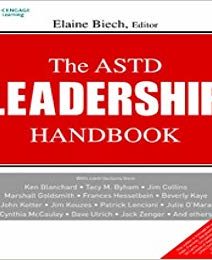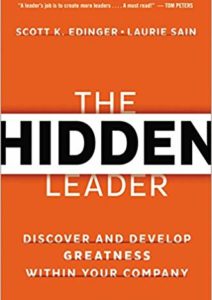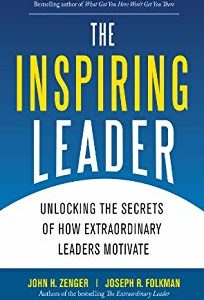When I speak to audiences of sales professionals and ask, “How many of you sell value versus price?” everyone raises their hand. But my next question “So how do you do that?” is frequently followed by an uncomfortable silence. Many consider themselves to be value sellers but few are able to articulate what that really means.
In the simple economics 101 definition, value equals benefits minus cost: V=B-C. If you follow the logic of that equation, then, selling value means creating some benefit through the sales process beyond that provided by the product or service itself. My former boss and sales guru Neil Rackham has a simple test for this: He asks,
Would your customer write you a check for the sales call? Did your salespeople do something on the call valuable enough for your customers to pay you for?”
If they didn’t, the only way you can profit from your sales operation is by reducing costs. That’s why all my efforts to make sales teams more effective have focused on increasing not just the value of the offering but the value of the sales call itself. To do that I encourage them to move down the continuum from transactional to consultative relationships. Here’s how:
Help clients see issues they hadn’t considered. The best salespeople I’ve worked with do an extraordinary job of this. And they don’t do it simply by lecturing the client about the problems they see. They do it through a process of mutual diagnosis. In these instances, the seller leads a dialogue with the client about her business, offering diagnoses as the conversation progresses.
Help clients examine issues they thought were benign, but aren’t. When I interview clients about their sales relationships, they frequently tell me that they greatly value the ability of their reps to help them make a case for change. They do that by helping clients see the effect of a problem on the organization. A seller may help a client to see that a morale problem, for instance, which right now is only causing modest employee turnover, is having a tremendously negative impact on recruitment and productivity that will eventually become highly problematic. Again, this is not done through lecturing, but rather through the course of conversations in which seller and buyer explore the impact of a given situation together to determine the implications for the business.
Help clients see opportunities they’d missed. Sales-training programs rightly focus on finding clients’ “pain points.” But great salespeople also know there’s value in pointing out successes waiting to be exploited. Surely, creating value in the sales process is as much about raising the bar as it is about solving problems. In fact, untapped opportunity may be even more important as organizations seek to grow in this perpetually tough economic environment. Jointly discovering such opportunities through the course of back-and-forth conversation makes it less likely that a client will react defensively to something he perhaps should have already known and more likely that he will embrace both the opportunities — and the messenger that helped to uncover them.
Help clients address problems with solutions they hadn’t considered. Of course, at some point your, products and services have to come into the picture. When they do, the best sellers position them, not as a series of features and benefits, but as solutions that address the expressed needs of the client. Positioning products and services as a solution is not a new idea by any stretch, but the key to creating value is to do so in a way that the client has not considered. I bought a new air-conditioning system last year. I hadn’t considered upgrading the heat pump in my system. But with the help of the representative, I came to realize that the new system wouldn’t lower my winter heating bills without one.
The power of the aha moment here can’t be understated when the client says, ‘I hadn’t thought about it that way!’ Few clients will know everything your offering can do or all its potential applications, so finding a way to uniquely address their expressed need is a powerful thing indeed.”
Help clients connect with additional support resources. As the old saying goes, “When you sell hammers, every problem looks like a nail.” But you can’t win ‘em all; not every client will actually be a good match with what you’re offering right now. Still, that doesn’t mean that you can’t create additional value for them. Perhaps you can provide connections to others in your organization that could help a client think through a complex issue, or make referrals to outsiders who can get her what she truly needs. You’ll still get the credit for helping the client — and this can help both of you over time.
At the end of the day, selling is about improving the client’s condition with your organization’s products and services. The sales professionals who understand how to do that — who help buyers find real value through the selling process using these methods — sell more and command a premium for their offerings.
We hope you’ll explore Pipeliner CRM’s latest release. It’s packed with new features and improvements!
This post appeared originally on Harvard Business Review.













